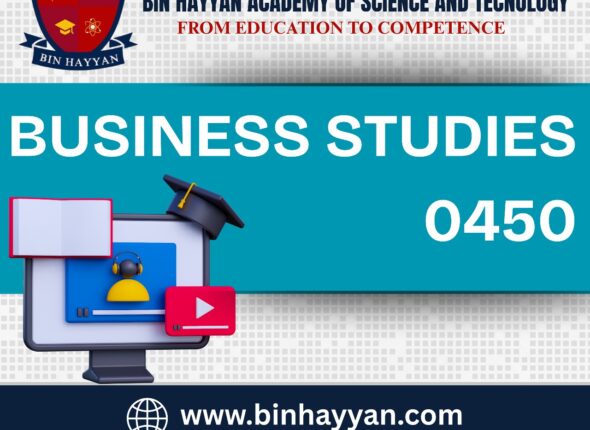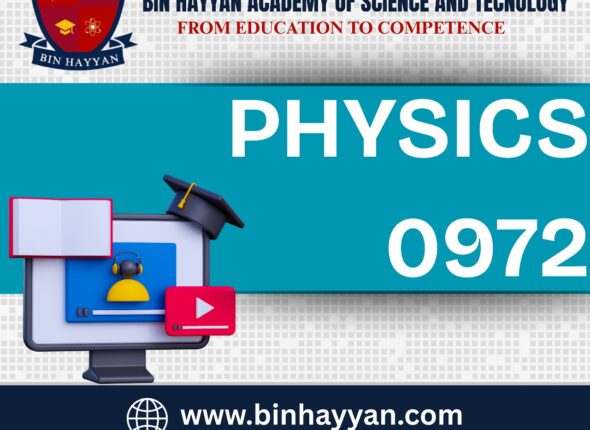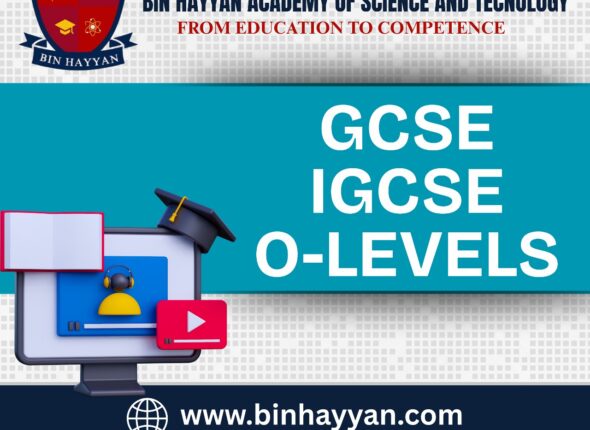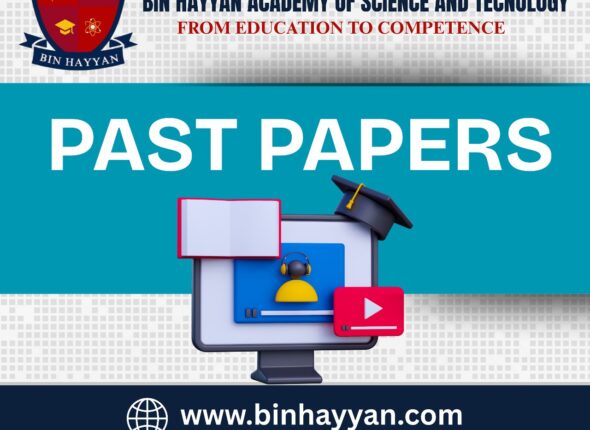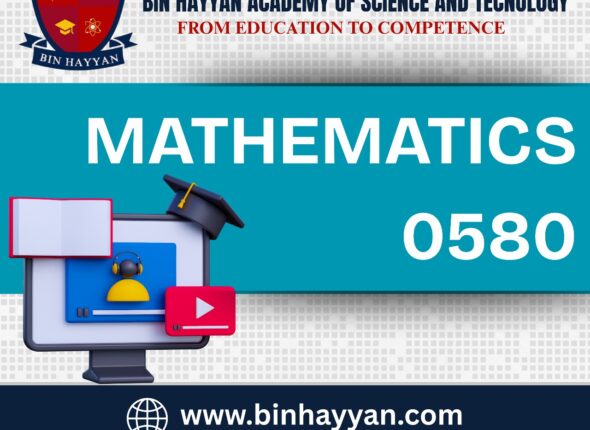No products in the cart.



Candidates study the following topics:
1 Motion, forces and energy
2 Thermal physics
3 Waves
4 Electricity and magnetism
5 Nuclear physics
6 Space physics
Course Content
Motion, forces and energy
-
Describe how to measure a variety of lengths with appropriate precision using tapes, rulers and micrometers (including reading the scale on an analogue micrometer)
-
Describe how to use a measuring cylinder to measure the volume of a liquid and to determine the volume of a solid by displacement
-
Describe how to measure a variety of time intervals using clocks and digital timers
-
Determine an average value for a small distance and for a short interval of time by measuring multiples (including the period of oscillation of a pendulum)
-
Understand that a scalar quantity has magnitude (size) only and that a vector quantity has magnitude and direction
-
Know that the following quantities are scalars: distance, speed, time, mass, energy and temperature
-
Know that the following quantities are vectors: displacement, force, weight, velocity, acceleration, momentum, electric field strength and gravitational field strength
-
Determine, by calculation or graphically, the resultant of two vectors at right angles
-
Define speed as distance travelled per unit time and define velocity as change in displacement per unit time
-
Recall and use the equation speed = distance/time v = s/t
-
Recall and use the equation average speed = total distance travelled/total time taken
-
Define acceleration as change in velocity per unit time; recall and use the equation acceleration = change in velocity/time taken a = ∆v/∆t
-
State what is meant by, and describe examples of, uniform acceleration and non-uniform acceleration
-
Know that a deceleration is a negative acceleration and use this in calculations
-
Sketch, plot and interpret distance–time and speed–time graphs
-
Determine from the shape of a distance–time graph when an object is: (a) at rest (b) moving with constant speed (c) accelerating (d) decelerating
-
Determine from the shape of a speed–time graph when an object is: (a) at rest (b) moving with constant speed (c) moving with constant acceleration (d) moving with changing acceleration
-
State that the acceleration of free fall g for an object near to the surface of the Earth is approximately constant and is approximately 9.8m/s²
-
Calculate speed from the gradient of a distance–time graph
-
Calculate the area under a speed–time graph to determine the distance travelled for motion with constant speed or constant acceleration
-
Calculate acceleration from the gradient of a speed–time graph
-
State that mass is a measure of the quantity of matter in an object at rest relative to the observer
-
State that the mass of an object resists change from its state of rest or motion (inertia)
-
Know that weights, and therefore masses, may be compared using a beam balance or equal-arm balance
-
Describe how to determine mass using an electronic balance
-
Describe how to measure weight using a force meter
-
Define gravitational field strength as force per unit mass; recall and use the equation gravitational field strength = weight/mass g = W/m and know that this is equivalent to the acceleration of free fall
-
State that a gravitational field is a region in which a mass experiences a force due to gravitational attraction
-
Define density as mass per unit volume; recall and use the equation density = mass/volume ρ = m/V
-
Describe how to determine the density of a liquid, of a regularly shaped solid and of an irregularly shaped solid which sinks in a liquid (volume by displacement), including appropriate calculations
-
Identify and use different types of force, including weight (gravitational force), friction, drag, air resistance, tension (elastic force), electrostatic force, magnetic force, thrust (driving force) and contact force
-
Identify forces acting on an object and draw free-body diagram(s) representing the forces
-
State Newton’s first law as ‘an object either remains at rest or continues to move in a straight line at constant speed unless acted on by a resultant force’
-
State that a force may change the velocity of an object by changing its direction of motion or its speed
-
Determine the resultant of two or more forces acting along the same straight line
-
Recall and use the equation resultant force = mass × acceleration F = ma
-
State Newton’s third law as ‘when object A exerts a force on object B, then object B exerts an equal and opposite force on object A
-
Know that Newton’s third law describes pairs of forces of the same type acting on different objects
-
Describe friction as a force that may impede motion and produce heating
-
Understand the motion of objects acted on by a constant weight or driving force, with and without drag (including air resistance or resistance in a liquid)
-
Explain how an object reaches terminal velocity
-
Define the thinking distance, braking distance and stopping distance of a moving vehicle
-
Explain the factors that affect thinking and braking distance including speed, tiredness, alcohol, drugs, load, tyre surface and road conditions
-
Know that forces may produce a change in size and shape of an object
-
Define the spring constant as force per unit extension; recall and use the equation spring constant = force/extension k = F/x
-
Sketch, plot and interpret load–extension graphs for an elastic solid and describe the associated experimental procedures
-
Define and use the term ‘limit of proportionality’ for a load–extension graph and identify this point on the graph (an understanding of the elastic limit is not required)
-
Describe, qualitatively, motion in a circular path due to a force perpendicular to the motion as: (a) speed increases if force increases, with mass and radius constant
-
(b) radius decreases if force increases, with mass and speed constant (c) an increased mass requires an increased force to keep speed and radius constant (F = mv2 r is not required)
-
Describe the moment of a force as a measure of its turning effect and give everyday examples
-
Define the moment of a force as moment = force × perpendicular distance from the pivot; recall and use this equation
-
State and use the principle of moments for an object in equilibrium
-
Describe an experiment to verify the principle of moments
-
State what is meant by centre of gravity
-
Describe how to determine the position of the centre of gravity of a plane lamina using a plumb line
-
Describe, qualitatively, the effect of the position of the centre of gravity on the stability of simple objects
-
Define momentum as mass × velocity; recall and use the equation p = mv
-
Define impulse as force × time for which force acts; recall and use the equation impulse = FΔt = Δ(mv)
-
Apply the principle of the conservation of momentum to solve simple problems in one dimension
-
Define resultant force as the change in momentum per unit time; recall and use the equation resultant force = change in momentum/time taken F = ∆p/∆t
-
State that energy may be stored as kinetic, gravitational potential, chemical, elastic (strain), nuclear, electrostatic and internal (thermal)
-
Describe how energy is transferred between stores during events and processes, including examples of transfer by forces (mechanical work done), electrical currents (electrical work done), heating, and by electromagnetic, sound and other waves
-
Know the principle of the conservation of energy and apply this principle to the transfer of energy between stores during events and processes
-
Recall and use the equation for kinetic energy Ek = 1/2 mv²
-
Recall and use the equation for the change in gravitational potential energy ΔEp = mgΔh
-
Recall and use the equation work done = force × distance moved in the direction of the force W = Fd
-
List renewable and non-renewable energy sources
-
Describe how useful energy may be obtained, or electrical power generated, from: (a) chemical energy stored in fossil fuels (b) chemical energy stored in biofuels (c) hydroelectric resources (d) solar radiation (e) nuclear fuel (f) geothermal resources
-
(g) wind (h) tides (i) waves in the sea including references to a boiler, turbine and generator where they are used
-
Describe advantages and disadvantages of each method limited to whether it is renewable, when and whether it is available, and its impact on the environment
-
Define efficiency as: (a) (%) efficiency = (useful energy output)/total energy input) ( × 100%) (b) (%) efficiency = (useful power output/total power input) ( × 100%) and recall and use these equations
-
Define power as work done per unit time and also as energy transferred per unit time; recall and use the equations (a) power = work done/time taken P = W/t (b) power = energy transferred/time taken P = ∆E/t
-
Define pressure as force per unit area; recall and use the equation pressure = force area p = F/A
-
Describe how pressure varies with force and area in the context of everyday examples
-
State that the pressure at a surface produces a force in a direction at right angles to the surface and describe an experiment to show this
-
Describe how the height of a liquid column in a liquid barometer may be used to determine the atmospheric pressure
-
Describe, quantitatively, how the pressure beneath the surface of a liquid changes with depth and density of the liquid
-
Recall and use the equation for the change in pressure beneath the surface of a liquid change in pressure = density × gravitational field strength × change in height ∆p = ρg∆h
Thermal physics
Waves
Electricity and magnetism
Nuclear physics
Space physics
Student Ratings & Reviews

No Review Yet




